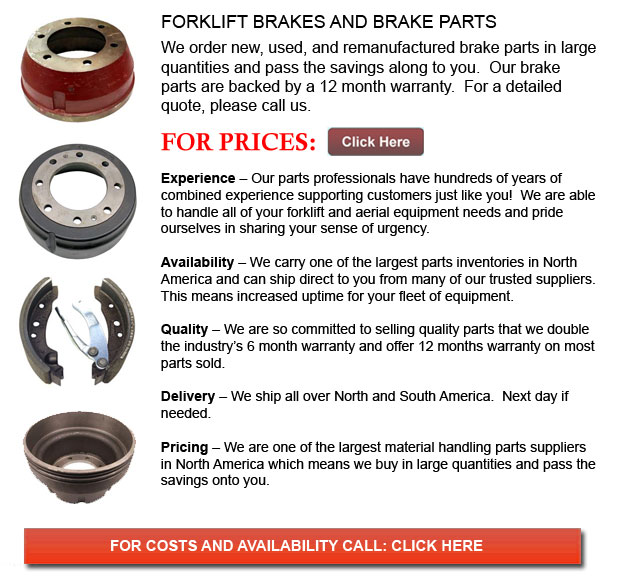
Forklift Brake - A brake where the friction is provided by a set of brake pads or brake shoes which press against a rotating drum shaped unit referred to as a brake drum. There are several particular differences among brake drum types. A "brake drum" is normally the explanation given when shoes press on the inner outside of the drum. A "clasp brake" is the term used so as to describe whenever shoes press next to the outside of the drum. One more type of brake, known as a "band brake" uses a flexible belt or band to wrap round the outside of the drum. If the drum is pinched in between two shoes, it can be referred to as a "pinch brake drum." Similar to a conventional disc brake, these types of brakes are rather uncommon.
Prior to the year 1995, early brake drums needed constant adjustment periodically to be able to compensate for drum and shoe wear. "Low pedal" or long brake pedal travel is the hazardous end result if modifications are not done sufficiently. The motor vehicle could become hazardous and the brakes can become useless when low pedal is combined together with brake fade.
There are some various Self-Adjusting systems designed for braking existing nowadays. They can be classed into two separate categories, the RAI and RAD. RAI systems are built in systems which help the device recover from overheating. The most popular RAI manufacturers are Lucas, Bosch, AP and Bendix. The most famous RAD systems consist of Bendix, Ford recovery systems, Volkswagen, VAG and AP.
Self repositioning brakes generally use a tool that engages only when the vehicle is being stopped from reverse motion. This stopping approach is suitable for use where all wheels make use of brake drums. The majority of vehicles now make use of disc brakes on the front wheels. By working only in reverse it is less possible that the brakes will be adjusted while hot and the brake drums are expanded. If adjusted while hot, "dragging brakes" can happen, which increases fuel intake and accelerates wear. A ratchet device that becomes engaged as the hand brake is set is another way the self repositioning brakes can work. This means is just suitable in functions where rear brake drums are utilized. When the emergency or parking brake actuator lever exceeds a specific amount of travel, the ratchet advances an adjuster screw and the brake shoes move in the direction of the drum.
There is a manual adjustment knob placed at the bottom of the drum. It is typically adjusted through a hole on the other side of the wheel and this involves going underneath the forklift using a flathead screwdriver. It is of utmost significance to be able to move the click wheel correctly and tweak each and every wheel evenly. If unequal adjustment occurs, the vehicle could pull to one side during heavy braking. The most effective way so as to make certain this tedious task is accomplished carefully is to either lift every wheel off the ground and spin it manually while measuring how much force it takes and feeling if the shoes are dragging, or give each one the exact amount of clicks manually and then do a road test.
![]() Click to Download the pdf
Click to Download the pdf
Forklift Parts
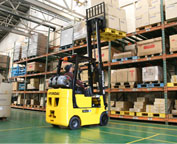

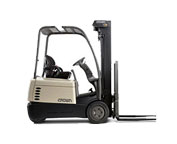
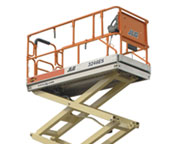
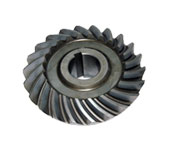
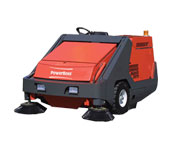
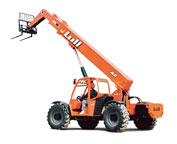
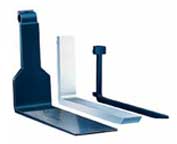
Lift Parts Express
TOLL FREE: 1-888-695-7994
LOCAL: 956-242-0189
7305 SAN DARIO 355
Laredo, Texas
forkliftpartslaredo.com
Email Us
About Us


